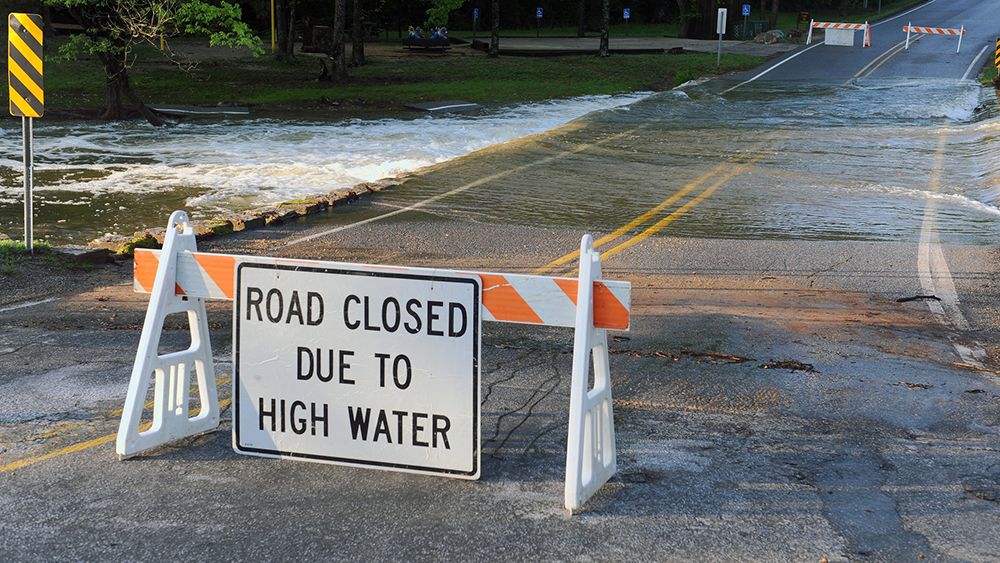OHIO — Ohio has been hit with a lot of tornadoes lately — 35 so far this year, surpassing last year's total and the yearly average for Ohio.
The surge shows Ohio is not immune to extreme weather, and a recent study from the Ohio State University shows older Ohio adults are the most at risk when these weather events happen.
According to the study, which was published in the International Journal of Disaster Risk Science, nearly 1 in 5 older adults in central Ohio said they feel not prepared for emergencies or don't know if they are ready.
The study involved 1,417 adults over the age of 65 in eight central Ohio counties. The research also incorporated data from the 2021 Central Ohio Regional Assessment on Aging (CORAA) Survey, as well as county-level data from administrative sources. Out of the respondents, 78% said the were prepared, 13% were not and 9% weren't sure.
For those who were prepared, they indicated they had at least of three-day supply of necessities in case of emergencies, such as food, water and flashlights.
However, when narrowing down on counties with older adults facing disadvantages such as lower income, subsidized housing or having a disability, the number of people who reported not being prepared rose. An example in the study was Fayette County and Union County.
In Fayette County, 68% said they were ready, whereas in Union County, that number jumped to 94%.
“Fayette County scored high on vulnerability in terms of socioeconomic status and household characteristics,” said Smitha Rao, lead author of the study and assistant professor of social work at The Ohio State University, in a press release.
Fayette County's median income was just under $40,000, which is the lowest of the eight counties included in the study. Additionally, 37% of county residents who were living in subsidized housing were over the age of 62, and 41% of them lived with a disability.
In the study, Fayette County residents were more likely to report weather-related disruptions to their lives as well. Some reported missing health appointments, not being able to get medicine or were unable to get to work or volunteering.
“Many of the most vulnerable residents in places like Fayette County don’t have the social and economic resources or service landscapes to fall back on when those disruptions occur,” said study co-investigator Holly Dabelko-Schoeny, professor of social work and the director of the Age-Friendly Innovation Center at Ohio State, in a press release.
While the study didn't ask about what specific weather events caused these issues, Rao said it could have been events such as flooding blocking local roads.
“We tend to think of the worst outcomes that can occur from extreme weather, but there are much more common disruptions that are affecting older residents on a more regular basis,” she said in a press release.
The study goes on to provide interventions that were identifiable from the results, which included the differences in tax levies. Rao explained the Fayette, unlike the other counties, didn't have an existing tax levy for senior services, which can help get resources for older adults who need them.
Another issue identified by the study shows that many older adults may not understand the risks they face from a changing climate, especially since Ohio is far from rising oceans and tropical heat waves.
“We’ve found in other studies that emergency preparedness is not a top priority, especially for vulnerable adults who already have plenty to worry about in their everyday lives,” Rao said.
To read the study, click here.



